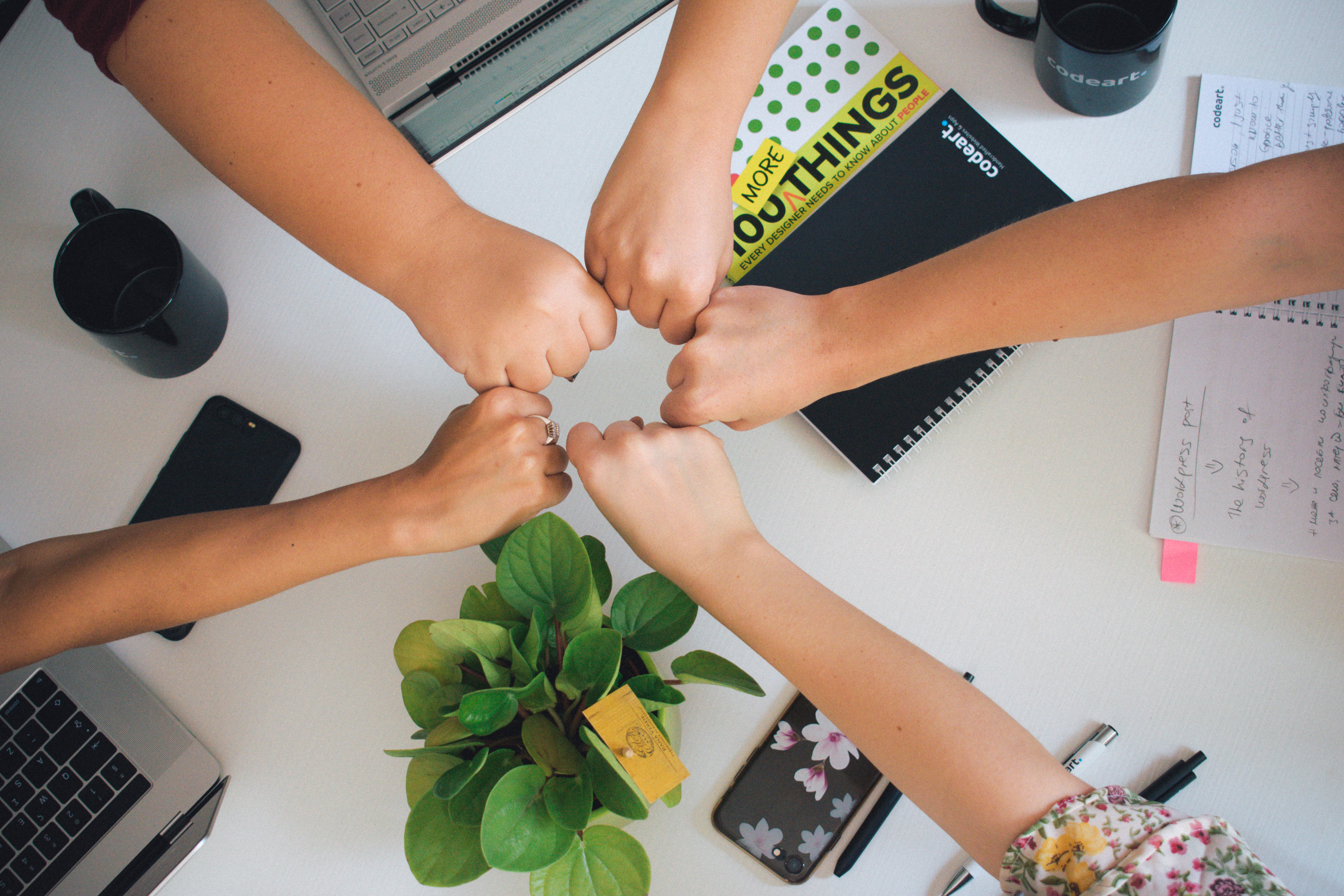Working in a team can be a powerful way to solve complex problems and generate innovative ideas. But, as every leader knows, creating an environment where collaboration flourishes is easier said than done. These 11 tips will help you improve collaboration within your team to ensure greater productivity, creativity and better overall team performance.
1. Create an open communication culture
.png?width=2000&height=600&name=Ontwerp%20zonder%20titel%20(11).png)
Open and honest communication is the foundation of any successful collaboration. Encourage team members to share their thoughts, ideas, concerns and feedback regularly. This can be achieved by holding regular team meetings, using effective communication tools, and fostering an environment that welcomes feedback.
2. Define clear roles and responsibilities
.png?width=2000&height=600&name=Ontwerp%20zonder%20titel%20(12).png)
For effective collaboration, it is essential that each team member knows exactly what his or her role and responsibilities are. This helps avoid confusion and ensures that team members feel responsible for their own tasks. Using tools such as a RACI matrix can help with this.
3. Build trust
.png?width=2000&height=600&name=Ontwerp%20zonder%20titel%20(14).png)
Trust is crucial for good collaboration. Trust can be built by fostering a culture of honesty, integrity and respect. Team-building activities can also help build trust within a team.
4. Use collaborative tools
.png?width=2000&height=600&name=Ontwerp%20zonder%20titel%20(15).png)
Using technology can significantly improve collaboration within a team. There are many tools available, from project management tools like Asana, to communication platforms like Slack. These tools can help manage tasks, share information and facilitate communication.
5. Encourage innovation
.png?width=2000&height=600&name=Ontwerp%20zonder%20titel%20(16).png)
Encourage team members to propose new ideas and approaches. This can be done by holding regular brainstorming sessions, or by setting up a suggestion box where team members can submit their suggestions.
6. Set common goals
.png?width=2000&height=600&name=Ontwerp%20zonder%20titel%20(17).png)
Make sure everyone on the team knows what the common goal is. This can be achieved by clearly communicating goals and making sure they are measurable and achievable. This helps the team focus and fosters a sense of common purpose.
7. Celebrate successes
.png?width=2000&height=600&name=Ontwerp%20zonder%20titel%20(18).png)
Celebrating successes, however small, can contribute to team morale and encourage further collaboration. This can be as simple as giving recognition during a team meeting, or organising a small party after achieving an important milestone.
8. Respect differences
.png?width=2000&height=600&name=Ontwerp%20zonder%20titel%20(19).png)
Each team member brings unique skills, experiences and perspectives to the team. By recognising and valuing these differences, teams can become more innovative and effective. It is important to create an inclusive environment where everyone feels respected and valued.
9. Provide sufficient support and resources
.png?width=2000&height=600&name=Ontwerp%20zonder%20titel%20(20).png)
Make sure your team has the necessary resources and support to work together effectively. This could mean offering training, providing the right technology, or ensuring sufficient time to complete collaborative activities.
10. Provide feedback
.png?width=2000&height=600&name=Ontwerp%20zonder%20titel%20(21).png)
Constructive feedback is crucial for continuous improvement. Create a culture where feedback is valued and effectively given and received. This can be achieved by holding regular feedback sessions and ensuring a safe environment in which feedback can be given.
11. Be a role model
.png?width=2000&height=600&name=Ontwerp%20zonder%20titel%20(22).png)
As a leader, you are in a unique position to emphasise the importance of collaboration through your own behaviour. Actively collaborate with others, show empathy and understanding, and be open and transparent in your communication.
Conclusion
Collaboration within a team is a process, not a destination. It requires constant effort, patience and dedication. But with these tips, you can start creating an environment in which collaboration can thrive.
Now it's your turn to take action. Which of these tips will you apply to your team first? Start today and watch your team develop and grow through the power of effective collaboration.





.png?width=410&height=220&name=employer-experience-zorg-sector-unie-k%20(1).png)

